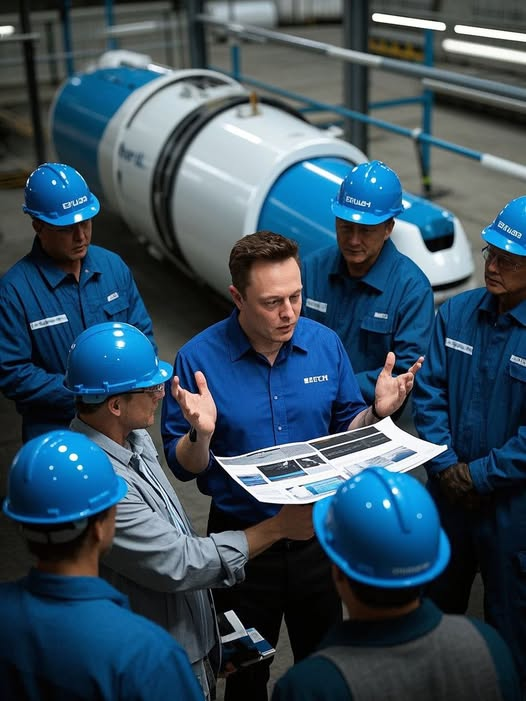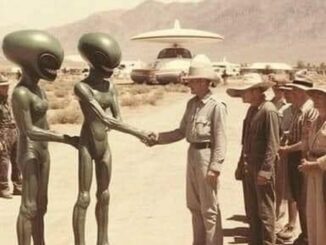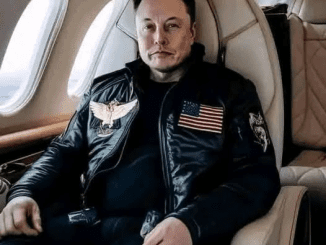
In 2013, Elon Musk did what he does best—drop a revolutionary concept and challenge the world to catch up. This time, it wasn’t rockets or electric cars, but a bold vision of transportation: the Hyperloop—a near-supersonic pod system blasting passengers through vacuum-sealed tubes at up to 700 miles per hour.
It was more than just a thought experiment. It was a call to arms.
Rather than patent the idea and monopolize it, Musk open-sourced the Hyperloop concept, inviting engineers, startups, and innovators to build on the dream. His message was clear: “If no one else will do it, I will.” That challenge lit a fire in the transportation world—and the race was on.
🚀 The Hyperloop Vision: Cities in Minutes
The premise is simple but staggering: pods levitate using magnetic or air-based systems inside low-pressure tubes, drastically cutting down air resistance. The result? Unprecedented speed.
Imagine this: Los Angeles to San Francisco in 30 minutes. That’s not science fiction. That’s Hyperloop.
From Europe to the U.S., research labs, companies, and governments have jumped on board. Projects from Virgin Hyperloop, Hardt Hyperloop, and TransPod began turning concept into reality. Meanwhile, Musk’s own companies—SpaceX and The Boring Company—stayed in the game, hosting design contests and digging test tunnels that could one day house the Hyperloop’s tubing infrastructure.
🏁 SpaceX Contests and the Pod Revolution
In the years following Musk’s white paper, SpaceX hosted a series of Hyperloop Pod Competitions, giving student teams and engineers a real shot at proving the technology’s viability. Speeds reached over 200 mph by 2021, thanks to teams like TUM Hyperloop from Germany and others innovating at blistering pace.
But Musk wasn’t just sitting on the sidelines. The Vegas Loop, a tunnel-based transportation system created by The Boring Company, opened in early form—like a baby step toward the real goal. It’s not Hyperloop-speed yet, but it proves that digging, routing, and safety logistics are solvable at scale.
Meanwhile, a private test track in Texas and European facilities are preparing for more extensive trials by 2025, as the Hyperloop inches closer from pipe dream to pipeline.
⚠️ Hurdles on the Highway to Hyper-Speed
As with any transformative tech, Hyperloop faces enormous challenges.
- Maintaining near vacuum pressure in hundreds of miles of tube isn’t easy.
- Safety concerns—especially at breakneck speeds—are daunting.
- And let’s not forget the cost. Initial estimates are in the billions, with many skeptical of the economics panning out.
Still, the potential upside is too massive to ignore. A working Hyperloop system would shrink cities, eliminate daily traffic, and redefine urban life. Commutes of 200+ miles could become routine. Entire regions could operate like single metro areas.
Critics dismiss it as hype. But for Musk and his legion of believers, it’s the inevitable next leap.
🌍 The Global Race Is On
Musk may not be building the Hyperloop alone, but he’s undeniably the catalyst. His open-source challenge gave rise to a global competition.
- Virgin Hyperloop (backed by Richard Branson) was among the early leaders, though it has since shifted focus toward cargo.
- Hardt Hyperloop in the Netherlands is building Europe’s first high-speed test track.
- India and the UAE have flirted with the idea, with feasibility studies already in motion.
- And Musk? His Boring Company continues tunneling, possibly laying the groundwork for Hyperloop’s future routes, while SpaceX’s engineering influence still permeates every prototype.
🌟 The Future of Transit?
As the world grows more connected—and more congested—the need for breakthrough transit grows more urgent. Whether it’s climate change, population growth, or urban gridlock, Musk’s vision of a zero-emissions, high-speed, low-impact travel system resonates deeply.
Will Hyperloop succeed? No one knows. But one thing is certain: Elon Musk lit the fuse, and the race is on. Somewhere in a desert, a tunnel, or a test track, the future is being shaped—one pod at a time.
And when the first passenger zips through a vacuum tube at 700 mph, the world may look back and say: “It started with Musk.”


